TCL C805 review: this 4K Mini-LED TV is a great value proposition
TCL's Mini-LED 4K TV comes in a wide array of sizes – all of which are very competitively priced indeed

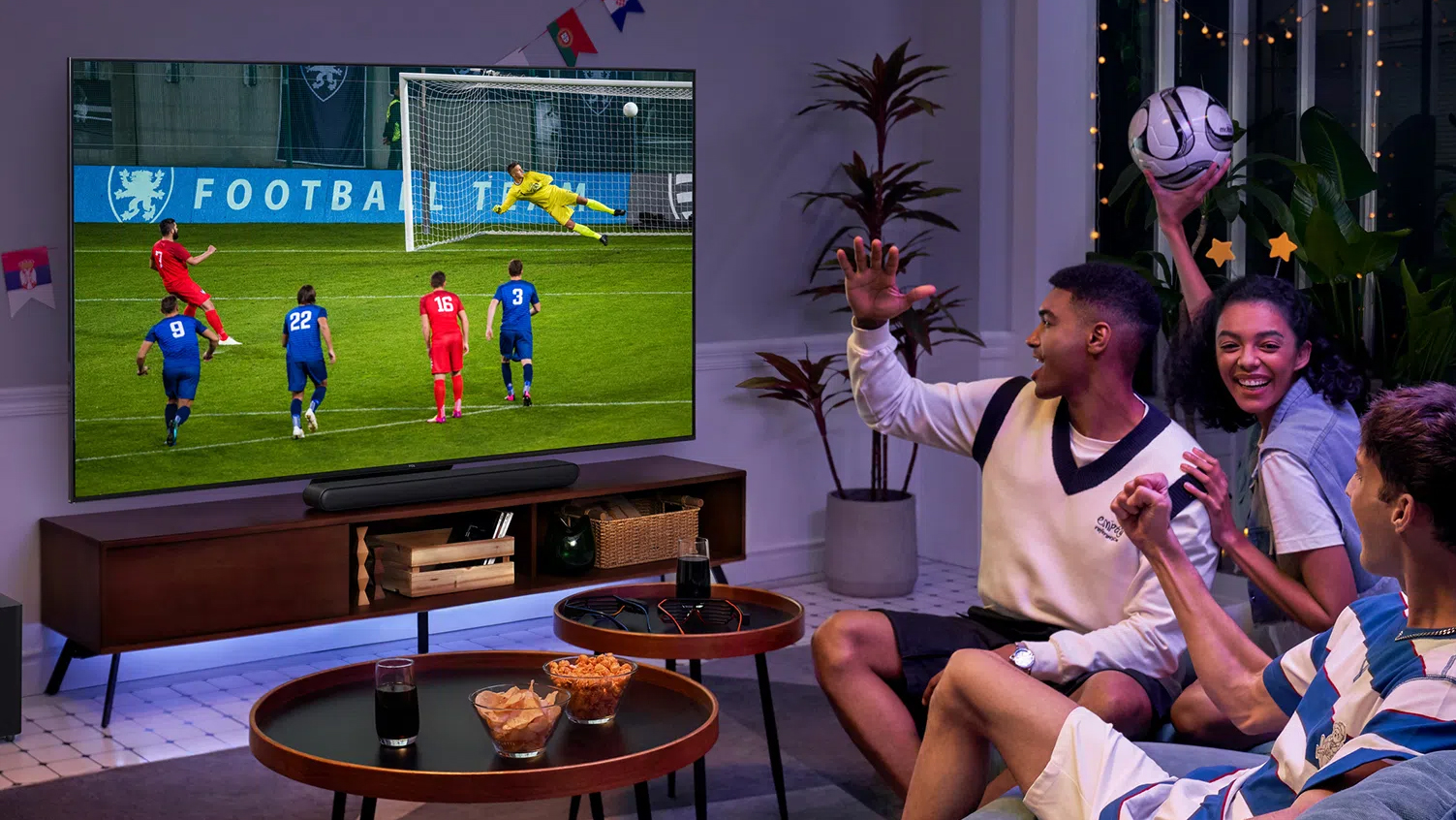
If you’re after a big screen with a big specification at an admirably unbig price, the TCL C805 most definitely fits the bill. There are some undeniable issues, but they have to be balanced against the stuff this TV does well and the modest nature of its asking price.
-
+
Bright, punchy image quality
-
+
Good contrasts and detail levels
-
+
Great specification at this asking price
-
-
Issues with motion, reflectivity and viewing angle
-
-
Google TV suboptimal for UK catch-up TV services
-
-
Fairly dismal sound quality (buy a soundbar)
Why you can trust T3

If you thought the scrap for top spot among the best TVs was cut-throat, it’s nothing compared to what’s going on at the more affordable end of the market. Challengers brands like Amazon, Sharp and Toshiba all periodically make a case for themselves – but the real ding-dong as to who delivers the best value for money is between Hisense and TCL.
I reviewed the Hisense U7N Mini-LED TV already – and found it to be very acceptable indeed. Now it’s the turn of the TCL C805 Mini-LED TV with added Quantum Dot technology – and somehow it’s even more affordable than the U7N. But if this job has taught me anything, it’s that ‘cheaper’ seldom equates to ‘better’. So is the TCL C805 the exception to the rule?
TCL C805K: Price & Availability
The TCL C805 4K Mini-LED TV is on sale now, and I'm reviewing the 55-inch model, coded as 55C805K in the United Kingdom – where it sells for around £649. However, it’s available in quite a few other screen-sizes too, from 50- to a whopping 98-inches (the pricing for all should be visible in the shopping widget above).
Televisions, of course, are subject to far more regional variation than the majority of equipment featured at T3.com, so making a like-for-like comparison with other markets isn’t especially easy. But in the United States, TCL will sell you a 55-inch 4K Mini-LED TV for $999, while in Australia its 55in 4K Mini-LED TVs start at AU$2499.
Regardless of the territory in which you’re shopping, though, and regardless of the specific model number of the TCL you’re looking at, you can be sure of one thing: the asking price relative to equivalent models from the likes of Hisense will be aggressive in the extreme.
TCL C805 review: Features & What's New?
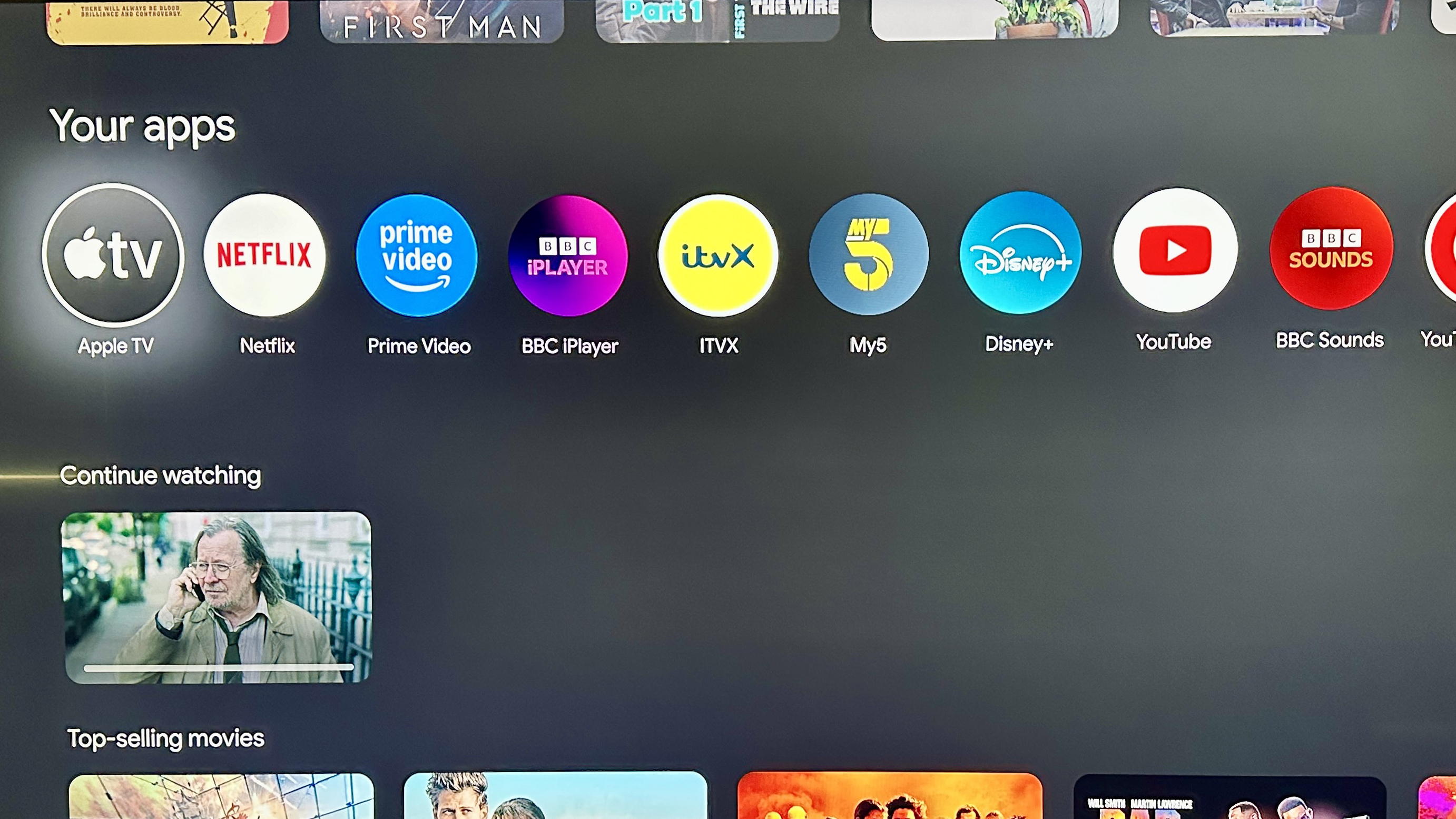
The C805 is a Mini-LED TV, which means it uses a colossal number of tiny LEDs to backlight its panel (of the VA LCD type). These LEDs are divided into almost 400 individual zones (for this 55-inch model, anyway, the other sizes will differ) – which should allow for more precise, better-targeted backlighting and good contrast performance.
What’s more, the C805 features Quantum Dot technology in an effort to provide brighter, more lifelike colours. The TCL is compatible with every worthwhile high dynamic range (HDR) standard, including HLG, HDR10, HDR10+ and Dolby Vision IQ, and it’s IMAX Enhanced-certified, too. It’s really only in TCL-land that you can expect specification this lavish at a price this unremarkable.
Get all the latest news, reviews, deals and buying guides on gorgeous tech, home and active products from the T3 experts
Getting the content on board the TCL in the first place can be done in one of a few different ways. There are twin TV tuners on board, dual-band Wi-Fi, and an Ethernet socket. Plenty of streaming and catch-up services are available, and there’s support for Apple AirPlay 2 as well.
Each of the four HDMI sockets are of the 2.1 standard, and there’s HDMI eARC functionality and 4K/120Hz on HDMI port 2 – while HDMI 1 can handle 4K/144Hz and therefore connecting a PC graphics card should pay dividends. Add in a USB-A slot and CI slot, and there are plenty of options available. Outputs extend to a digital optical socket and a 3.5mm headphone socket.

In addition to those refresh rates, gamers can benefit from ALLM, VRR and AMD Freesync Premium Pro. No idea what those mean or do? Click the relevant links to T3's explainers. Meanwhile, input lag in game mode is below 14ms – which is respectable, but hardly class-leading.
Once it's received, the content is given the once-over by TCL’s AiPQ 3.0 picture processing engine. It uses what the company describes as ‘AI Deep Learning’ to assist with upscaling, and TCL is not shy when making claims for its prowess where motion clarity, colour management and noise reduction are concerned either.

Sound is provided by Onkyo (hence the little ‘Onkyo’ logo on the right-hand side of the bottom bezel) and it’s a two-channel arrangement with a total of 30 watts of power. The C805 is Dolby Atmos and DTS:HD compatible – but, of course, this is only to the extent that it can receive and decode these signals. The downward-firing two-driver array here is not about to do the spatial audio business, is it?
TCL 805 review: Performance
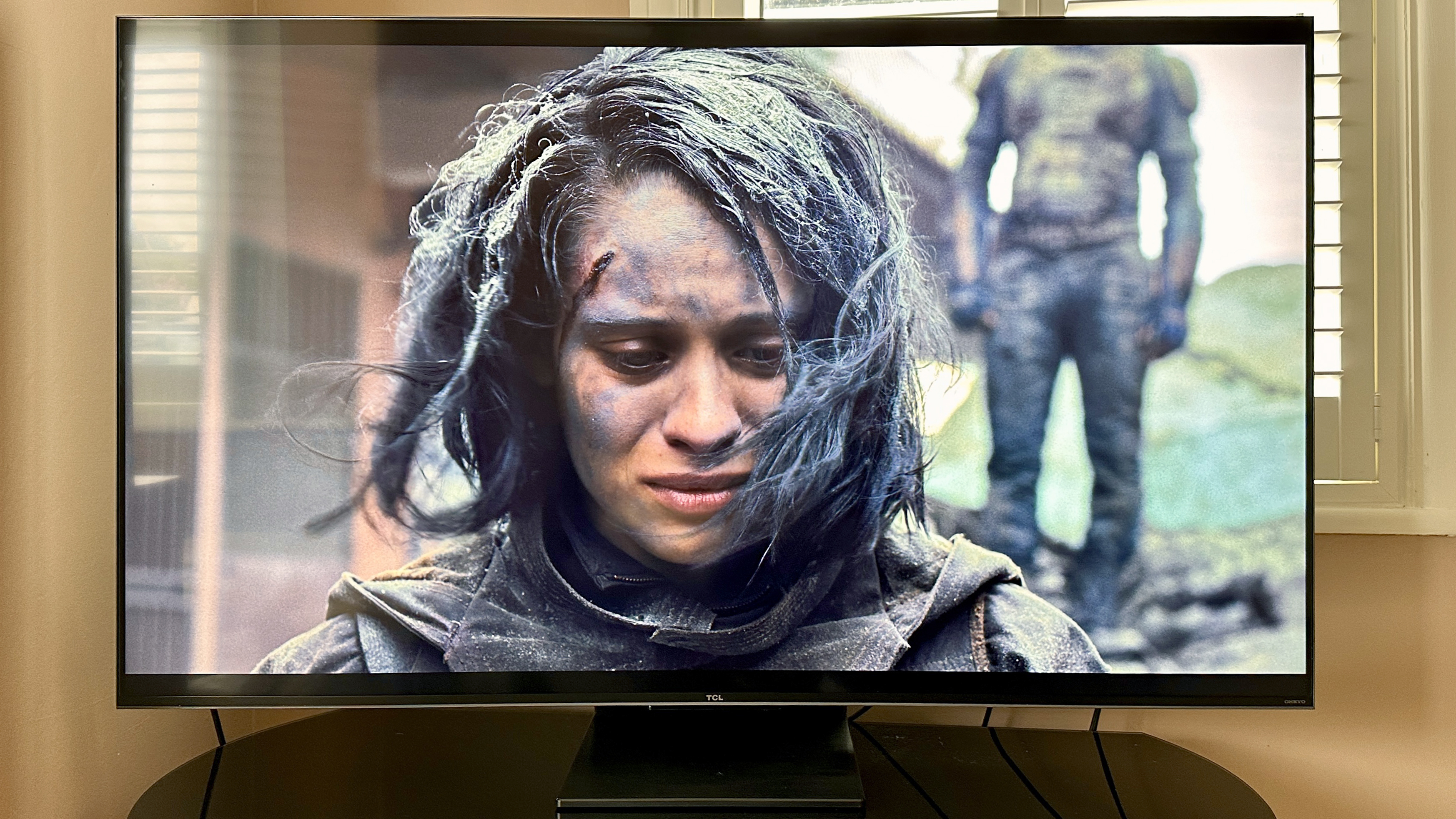
It’s probably fair enough to open this section by stating the fairly obvious: you can’t expect premium picture quality at such a sub-premium price. But, in some ways, the TCL C805 outperforms its asking price by quite a margin. In others, not so much.
Given some top-of-the-shop Dolby Vision-assisted 4K content to deal with, the C805 is capable of generating punchy, vibrant and quite insightful images. The Mini-LED arrangement certainly makes its presence felt where outright brightness is concerned – even in well-lit and/or sunny rooms, there’s no issue where contrasts of white-tone pop are concerned. And the Quantum Dot aspect of its specification allows for vivid, but not overblown, colours – the TCL is particularly adept when dealing with skin tones.
Impressive detail-retrieval means those skin tones are nicely varied and convincing, too – the textures and colours of complexions are described in full, and the C805 is confident when it comes to patterns and edge-definition. It’s adept at describing lighting effects when console gaming, and has no problem creating an impression of three-dimensionality either – the depth of field it can generate is straightforwardly impressive.
Step down to some broadcast-standard 1080p stuff and the TCL holds up well. It remains as colourful and high-contrast as ever, and though detail levels fall away a little it proves a pretty adept up-scaler. You can’t expect miracles, though – really antiquated content of very low-resolution suffers quite badly – it’s no mean feat to make pictures look simultaneously edgy and soft, but the C805 manages it.
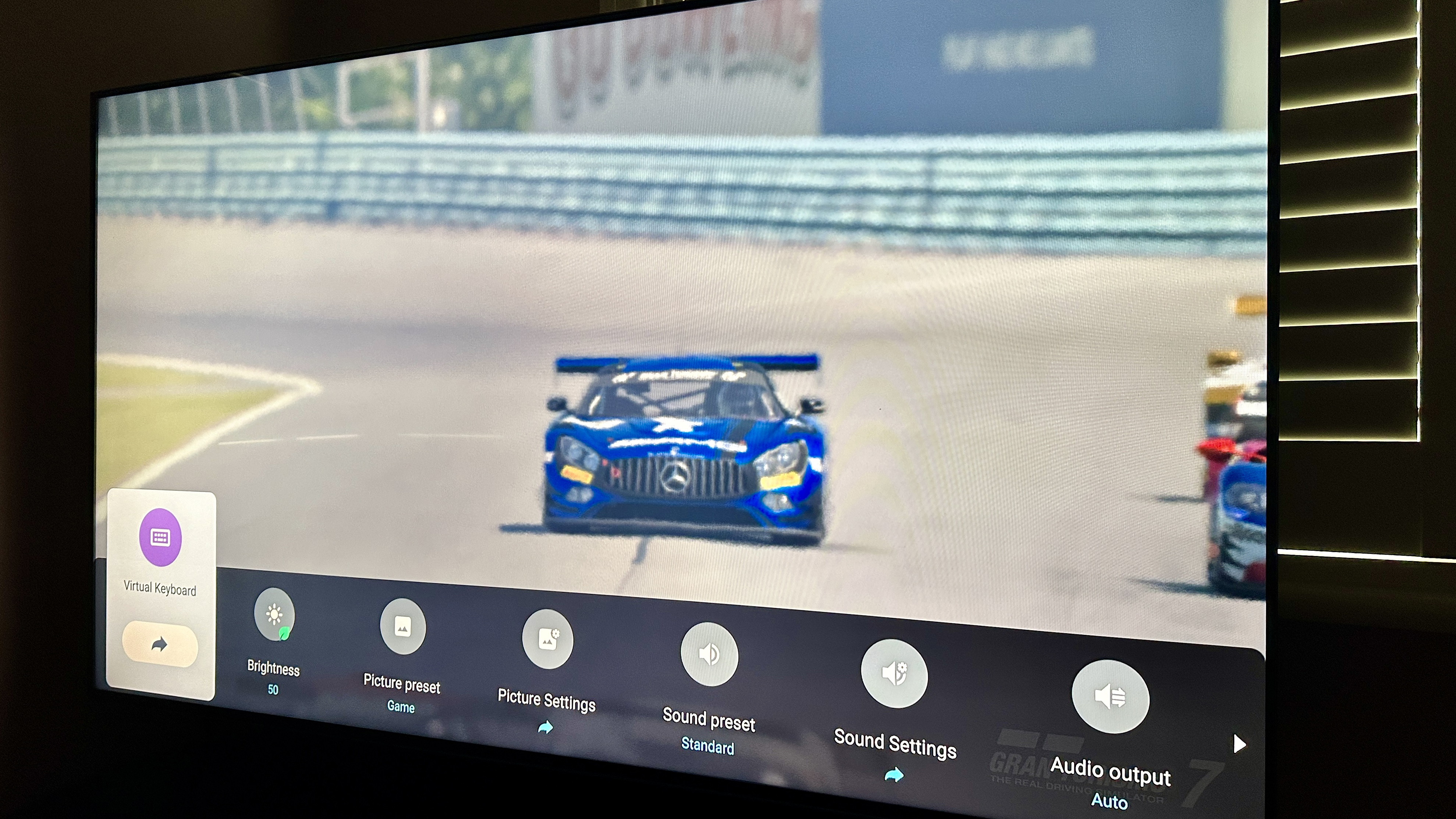
There are more significant issues than how this TV handles daytime TV, though. Its VA panel is extremely reflective, so although it has more than enough brightness to combat the effects of a brightly lit room it will happily reflect every light in it – this is a TV for watching in low light. It’s not a great looker from even mildly off-axis either – so move away from ‘dead ahead’ and it can look washed out, with black tones that were previously quite deep and convincing suddenly looking grey and uniform.
The biggest problem, though, is how the C805 handles motion – it’s just not very good at it. Even mildly testing on-screen movement causes disruption to edge definition, and when you’re watching something properly testing the TCL can’t disguise how flustered it is. It follows that televised sport, for instance, is a bit of a chore for the viewer and something approaching torturous for the C805 itself.
Slightly more predictable is the sound quality that’s on offer from this downward-firing two-driver array – it’s no great shakes. Yes, all the information (apart from deeper bass sounds) is available, but the C805 is a flat, undynamic and undemonstrative listen – you won’t have to spend very much money at all on one of the best soundbars to make a worthwhile improvement.
TCL 805 review: Design & Usability
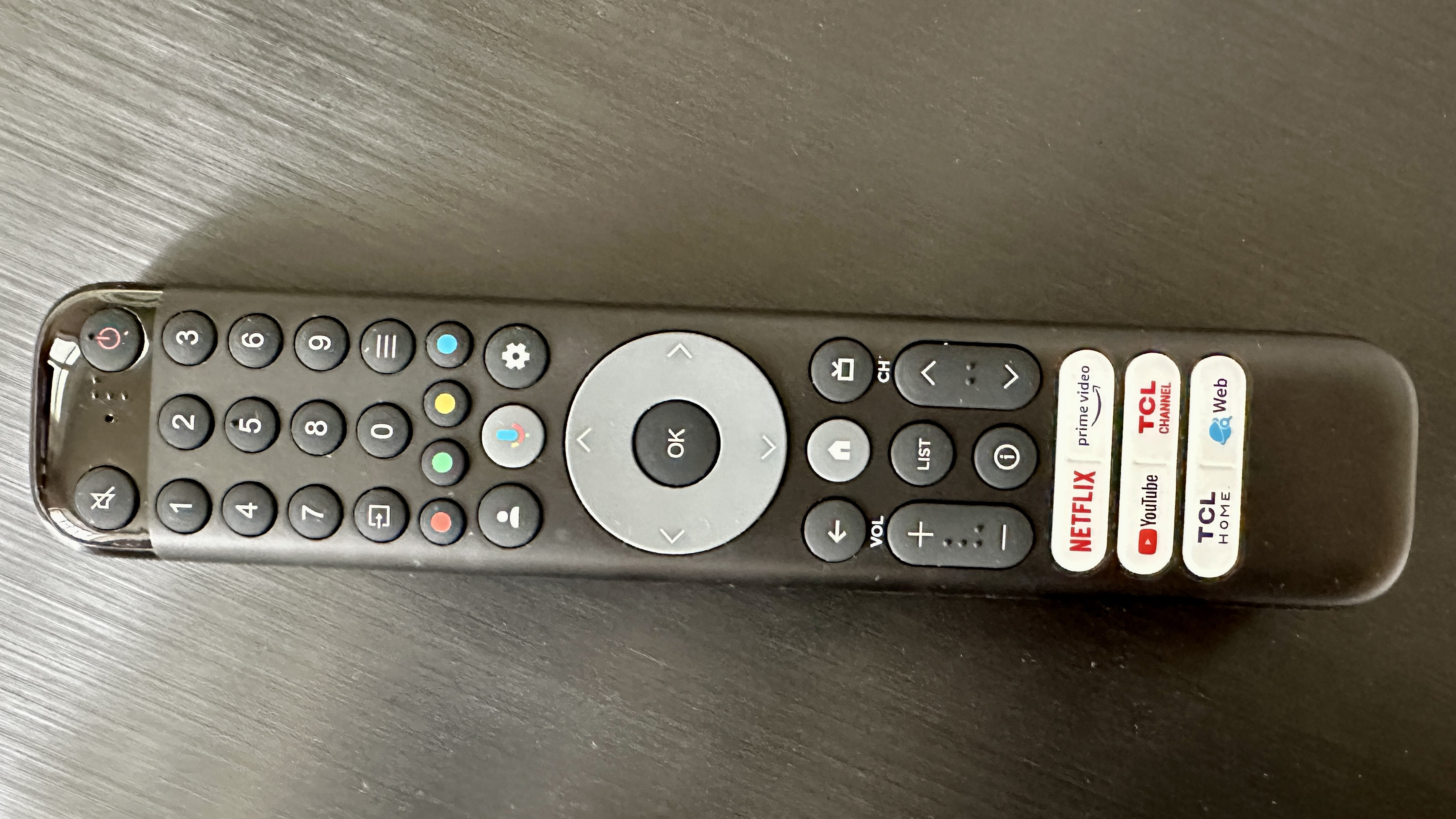
As much as it looks, fundamentally, like any other TV, the TCL 55C805 does well to present itself as a slightly more upmarket device than its asking price might suggest. Build quality is well up to par.
The narrow frame surrounding the screen is of brushed titanium, the bezels themselves are very narrow, and the two-piece central pedestal stand (which allows the screen to stand on a fairly compact surface if needs be) has some rudimentary cable-management built in.
As far as usability goes, it’s the basics – and TCL has absolutely nailed them. The remote control handset is reasonably slim, but big enough to ensure there are no unhelpfully small buttons – and it has ‘direct access’ buttons for Netflix, Prime Video and YouTube, as well as a couple more for TCL-centric stuff. There’s also a mic button, which allows interaction with either Alexa or Google Assistant. The TCH Home control app is equally basic (or, if you want to be charitable, ‘focused’) but covers all the basics in a logical, simple-to-operate manner.
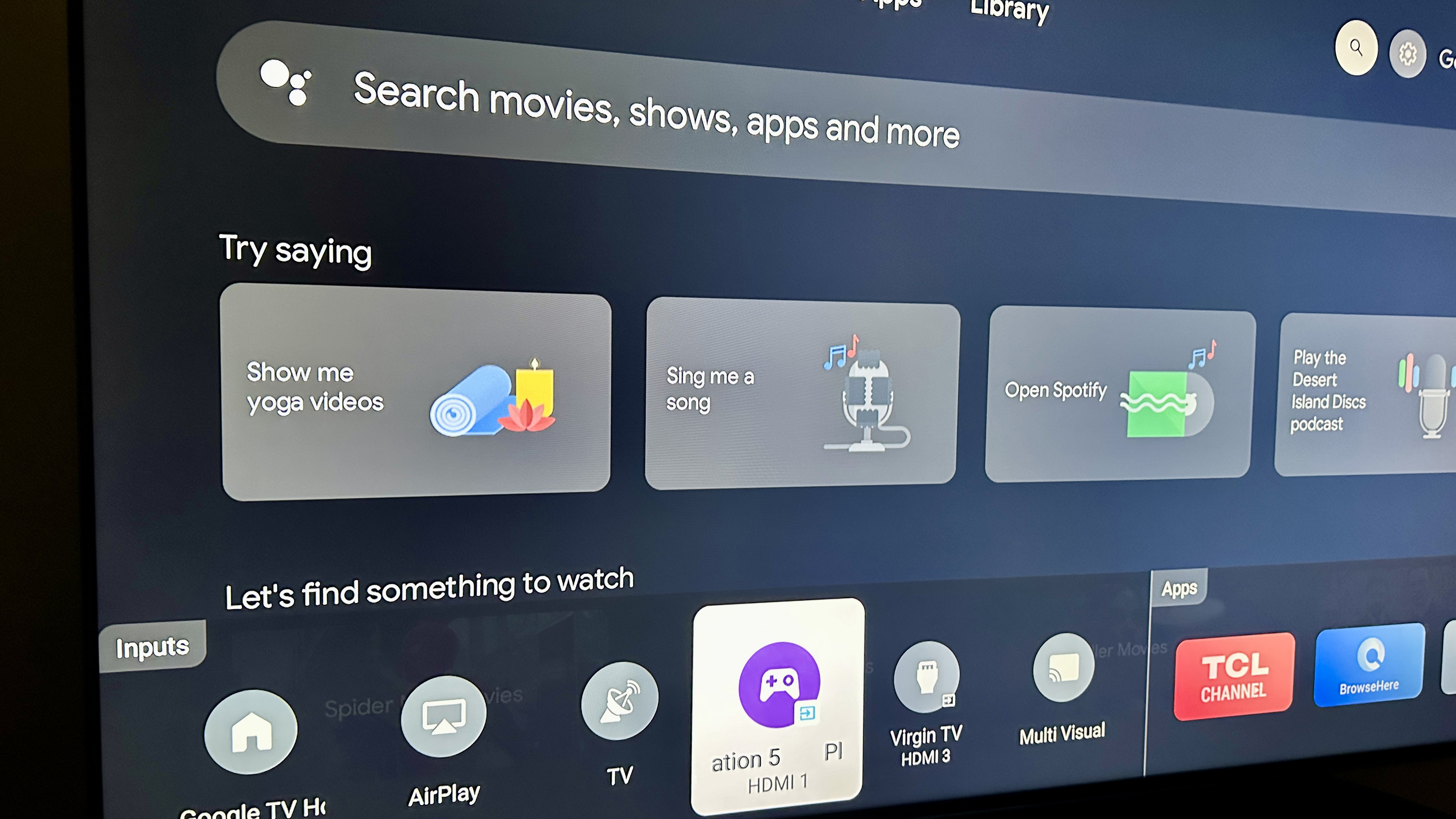
The smart interface is provided by Google TV, with all the pros and cons that come along with it.
On the plus side, it’s a content-focused, easy-to-navigate interface that’s not too in-your-face, and the provision for multiple accounts means you won’t be served all the stuff that’s appropriate for your kids and vice-versa.
On the downside, though, ongoing issues (which are not restricted to TCL’s implementation of Google TV, I should point out) mean the only UK TV catch-up service that’s available here is My5. If you want iPlayer, ITV-X or All4, you’d better hope they’re available via your games console or set-top box. (Curiously, the BBC iPlayer app appears on the Google TV home screen, but any attempt to click through is met with an error message.)
TCL 805 review: Verdict
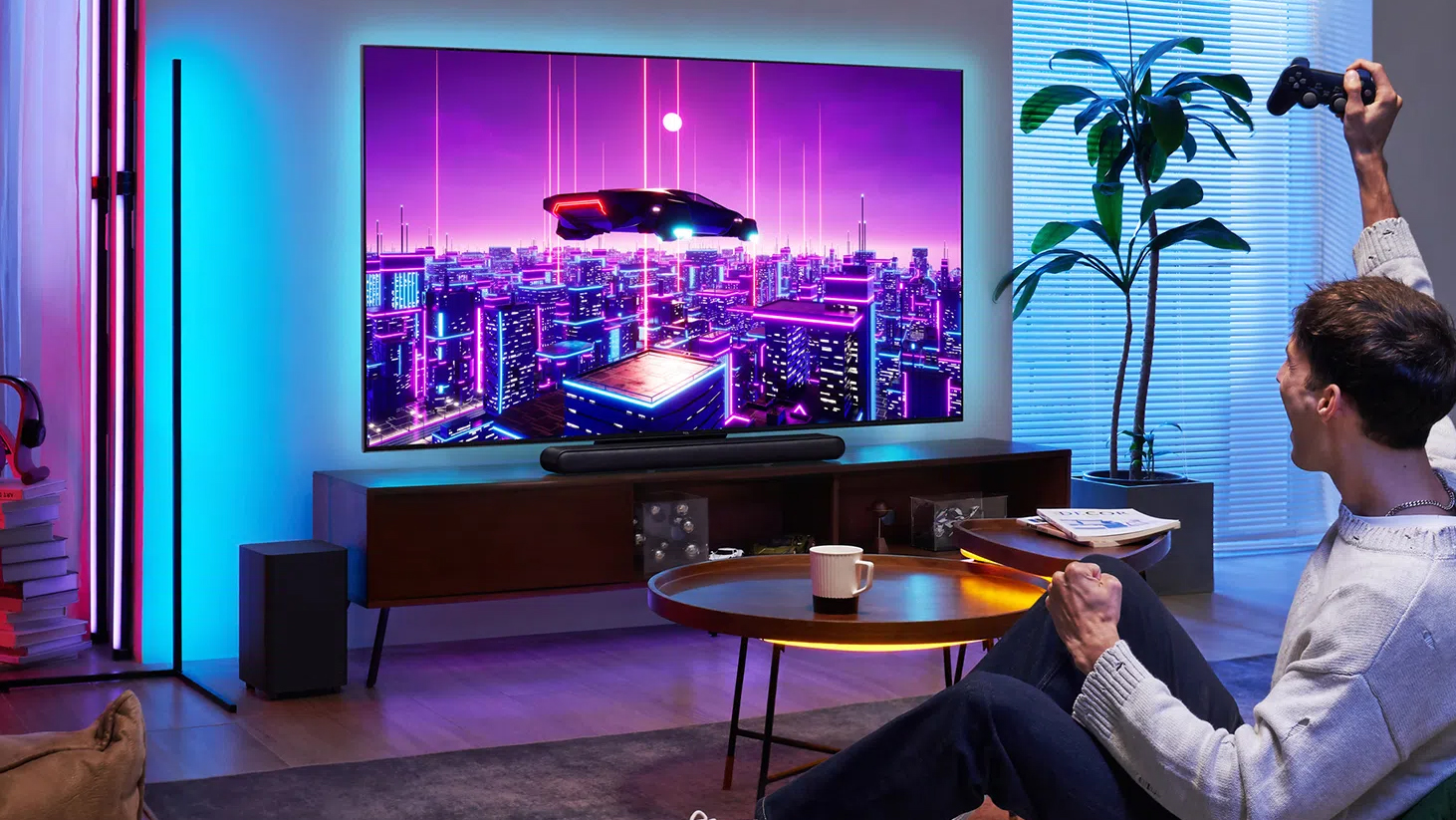
Everything is relative, so while the TCL C805 has some undeniable issues, they have to be balanced against the stuff it does well and the modest nature of its asking price.
So if you’re after a big screen with a big specification at an admirably unbig price, this TCL most definitely fits the bill.
Also consider
The Hisense 55U7N is a more expensive option, sure, but ultimately it’s probably just about worth the additional outlay. It has a more thorough, if less glamorous, smart TV interface, and just about shades the TCL where overall picture fidelity is concerned. It sounds a bit more robust, too – although that’s not to say it wouldn’t benefit from a soundbar addition…
Simon Lucas is a freelance technology journalist and consultant, with particular emphasis on the audio/video aspects of home entertainment. Before embracing the carefree life of the freelancer, he was editor of What Hi-Fi? magazine and website – since then, he's written for titles such as Wired, Metro, the Guardian and Stuff, among many others. Should he find himself with a spare moment, Simon likes nothing more than publishing and then quickly deleting tweets about the state of the nation (in general), the state of Aston Villa (in particular) and the state of his partner's cat.
